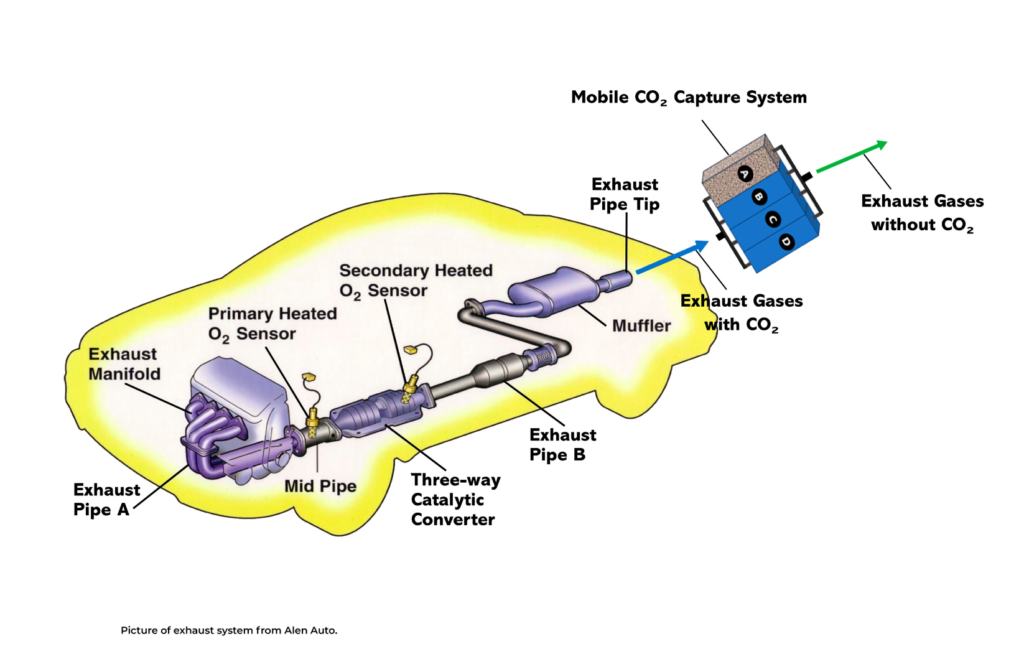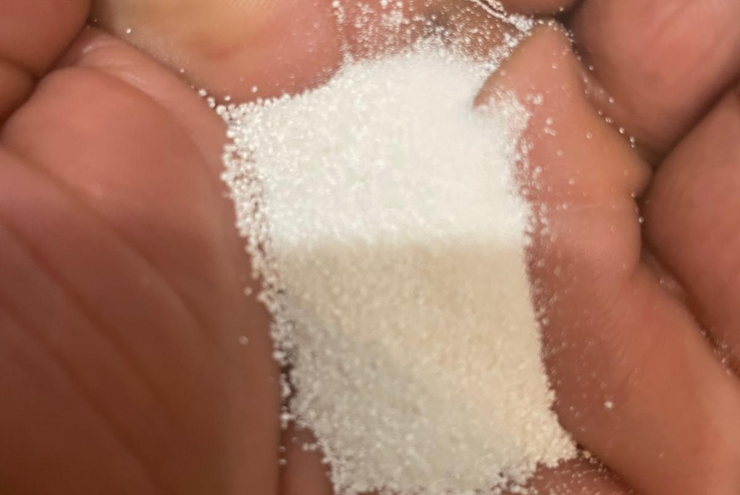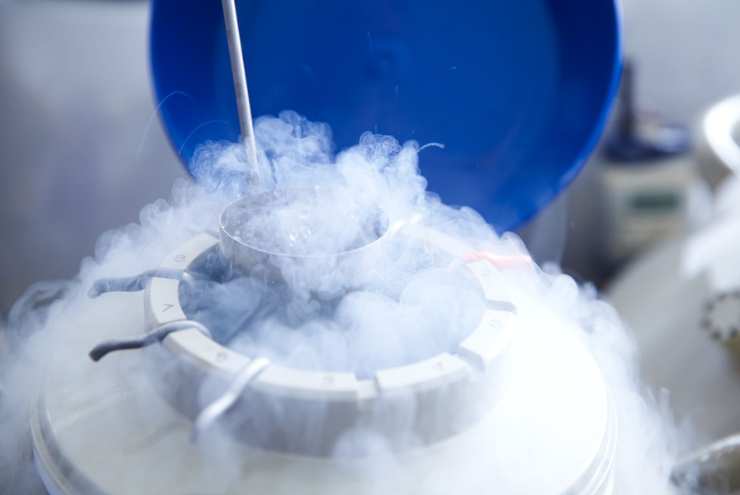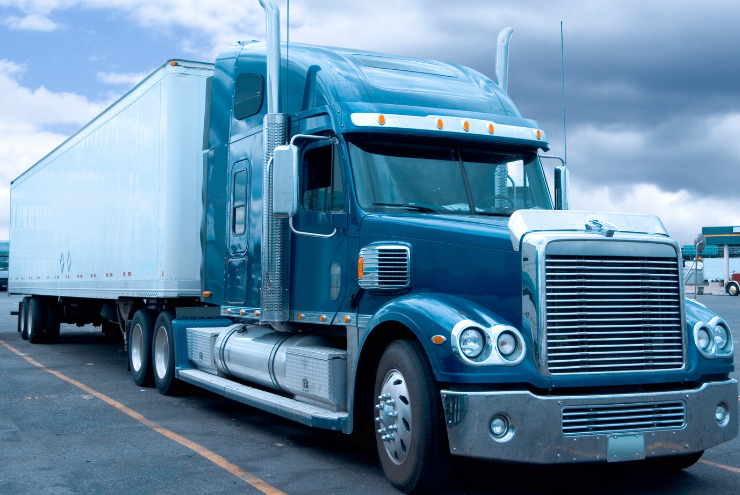What We Do
A planet in crisis
Our planet is in peril. Our consumption patterns and the use of fossil fuels for energy, transportation and production causes the generation of about 40 billion tons of carbon dioxide emissions annually.
Our focus
Optimabiome is focused on developing decarbonization solutions that address emissions from energy and transportation.
Our philosophy
We believe that nature and science provide us with unique tools with which we can address man-made problems like carbon emissions.
Technology toolkit
Our technology solutions leverage microbes, natural and engineered materials to generate renewable energy as well as to capture, store and transport carbon emissions.
Mobile Carbon Capture
The Problem
Transportation contributes about 21% of global CO2 emissions, which corresponds to about 8 billion tons of CO2 emissions per year.
Emissions in Motion
The scale of the decarbonization challenge in transportation is significant because the point sources for the carbon emissions are individual vehicles that include passenger cars, trucks, trains, airplanes, and marine vessels.
A Broad Challenge
There are about 1.5 billion passenger cars, about 280 million trucks, 3 million buses, 12 million boats, 23,000 operating trains and over 100,0000 shipping vessels i.e., almost two billion point sources from which transportation emissions emanate globally.
Addressing the Issue
Decarbonizing transportation using mobile carbon capture systems will require outfitting tens of millions of vehicles with integrated systems that contain the infrastructure for carbon capture, storage, and transportation, without compromising the overall efficiency of the vehicle for its primary purpose of moving people and goods.
The Mobile Carbon Capture Challenge
There are a number of challenges that viable mobile carbon capture (MCC) systems for transportation must be able to address, and these include size and weight limitations, ability to address a wide range of gas exhaust conditions such as temperature and composition, capacity to deal with different operating profiles such as acceleration and deceleration that can lead to significant and rapid changes in the volume and characteristics of the exhaust gases. Viable mobile CO2 capture solutions require the capacity for seamless integration into transportation systems, must be effective across a broad range of process conditions, and should provide sustainable storage of the sequestered CO2 while in transit.
Our Solution
We have developed a unique matrix approach to solving the mobile carbon capture problem.
We integrate several classes of materials with an affinity for CO2 to create a durable material that can capture and stably store carbon.
We recognize that the transportations solutions of the future will need to be free of carbon emissions. Mobile Carbon Capture will be a bridge solution as we move towards a Net Zero Future.
Our Approach



Our technology solution promises to provide a pathway for the seamless integration of MCC technologies for the removal of carbon from the exhaust of vehicles.

Applications

Solid matrix can capture and stably store CO2 in exhaust gases.

Matrix allows CO2 to be moved without the need for energy to purify, compress or liquefy.

Matrix provides options for CO2 storage in cement, CO2 for algae, etc.

Matrix can be placed in cars, freight trucks, marine vessels, and other long-haul systems for onboard CO2 capture.

CO2 stored in matrix does not require pipelines or cryogenic trucks for transport and can be used as a VIRTUAL Pipeline for CO2 transport in any mode of transportation.
